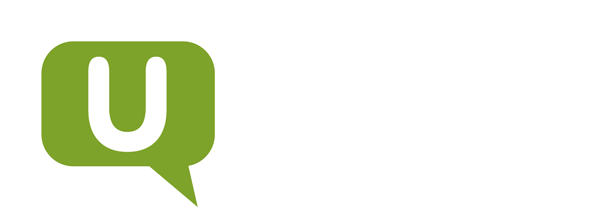DISRUPTION IN EDUCATION: WHERE IS IT COMING FROM?
As new technologies emerge, new possibilities follow in their wake. To some, this perpetual motion is the future. To others, it is a threat to their set ways. This dichotomy is the essence of disruption, as modern alternatives, utilising this new technology, put pressure on traditional industries and force them to rethink their ways of doing business.
The discussion on disruption seems to gain momentum each and every day and examples of disruption are not few and far between. Netflix and other companies have disrupted the practice of video consumption by offering a wide selection of on-demand video with a low price, high quality, high convenience and unlimited watching in streaming format. This quickly became a severe challenge to businesses like Blockbuster, who ended up filing for bankruptcy in 2010. Other industries have been subjected to disruptive innovation too, such as hotels (Airbnb) and transportation (Uber, Lyft etc.).
Will Education Be Disrupted Too?
The short answer is an unequivocal yes. Our entire way of living is changing at a rapid pace and higher education, while often said to be, is not an ivory tower, immune to the forces of change.
Where will these disruptive forces come from? Usually, they emerge from small independent businesses, utilising technological advances to approach new ways of competing with the traditional giants of an existing industry. But some things point towards this business model being less successful in the world of education.
As opposed to general market terminology, the educational sector cannot necessarily be boiled down to a market consisting merely of providers and consumers, ready for disruption.
First of all, while courses can be written down and marketed as content, ready to be consumed by students, this does not necessarily constitute a learning situation. Yes, the information is readily available, but to transform these facts, ideas and concepts into knowledge, comprehension must be facilitated. In traditional education, this is the role of the educator, the person who helps students connect the dots and become knowledgeable.
Secondly, education is globally connected in an intricate web of legalities, while each nation also governs their own educational sector with rules regarding which degrees can be obtained at what institutions, giving access to certain institutions to provide further education. In this complicated judicial system, it will prove difficult to assign any useful accreditation to purely digital certifications from newly emerged providers of education.
This does not mean that education cannot be disrupted. Far from it. It simply means that to disrupt teaching and learning, you have to understand it thoroughly first.
Disrupting Education from Within
Professor Margaret Gardner AO, President and Vice-Chancellor of Monash University in Australia, has written a short piece on the subject of disruption in education, in which she predicts that the change will emerge within the institutions themselves:
“It is possible for a university to dominate more definitively in the future this online space and therefore to build a bigger global presence. And it is within a university or alongside a university that I would expect that this new form would emerge (…) So, I expect that higher education and indeed universities will be the source of their own disruption.”
Much points to this expectation being accurate.
An example is edX, an online learning destination providing MOOCs (massive open online courses). They supply learners from all over the world with quality educational courses from the world’s leading universities and institutions of higher education.
EdX was founded by Harvard University and MIT in 2012.
Their two top competitors in providing MOOCs to the world are Coursera and Udacity. Coursera was founded by 2 Stanford Computer Science professors in 2012. Udacity was founded the same year, by two instructors – also from Stanford University.
And it is not just MOOCs that emerge from within the educational institutions themselves.
Our very own product, WISEflow, was started as a university project at Aarhus University in Denmark in 2010. The founders recognised a student demand to bring and use their own computers for exams, leading them to bring in a group of student programmers developing WISEflow with support from the Danish government, in order to investigate the potential of digitising exams and assessments.
Where Does Education Go from Here?
Looking towards the future, what will the impact of this advancing motion of disruption be? There is no way to know for sure, but change is imminent, of that there can be no doubt. Going back to Professor Gardner, she has no definite projection of the future either, but according to her, that does not necessarily mean that the future of education is looking bleak:
“I do not expect it to be the end of venerable institutions, though I do not think the landscape will look the same in ten years. And I can make that prediction because the landscape looks very different now than ten years ago.
“It is an opportunity to be seized for the quality of learning and teaching and interaction with students that we wish to provide. It is the possibility of providing better education for more students.”

